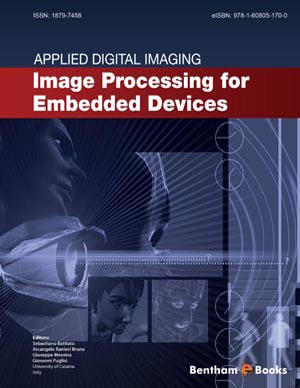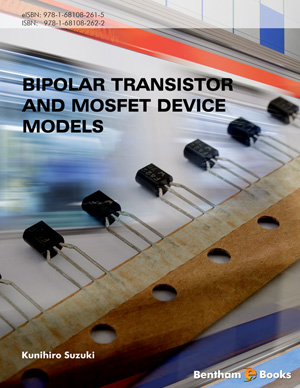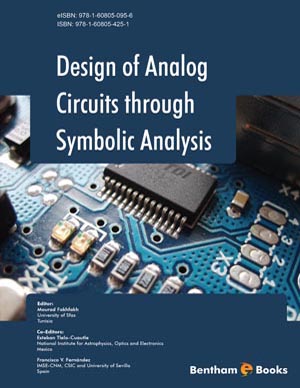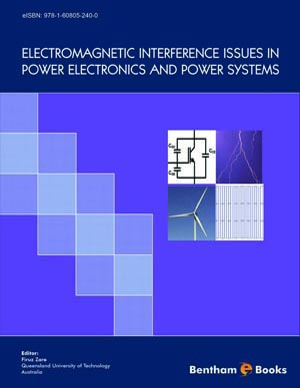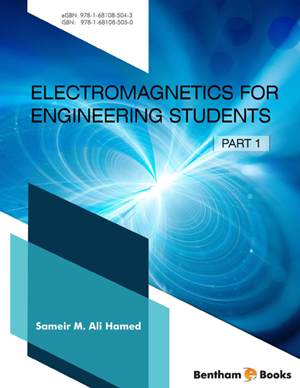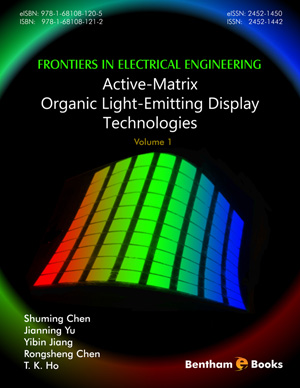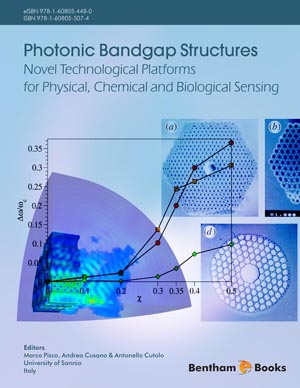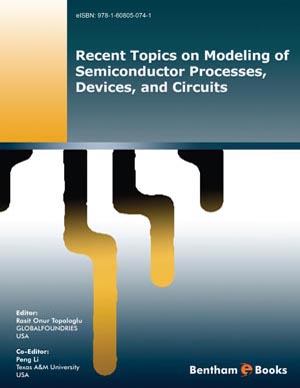Abstract
Since the large diffusion of mobile devices with embedded camera and flashgun, the red eye artifacts have de-facto become a critical problem. Red eyes are caused by the flash light reflected off the blood vessels of the human retina. This effect is more pronounced when the flash light is closer to the camera lens, which often occurs in compact imaging devices. To reduce these artifacts, most cameras have a red-eye flash mode which fires a series of pre-flashes prior picture acquisition. The biggest disadvantage of the pre-flash approach is power consumption (flash is the most power-consuming part of imaging devices), and thus it is not suitable for power-constrained systems (e.g., mobile devices). Moreover, this approach does not guarantee total prevention of red eye artifacts. Red eye removal must then be performed in post-processing, through the use of automatic correction algorithms. The aim of this Chapter is to depict the state of the art of automatic detection and correction of red eyes, taking into account strong points and drawbacks of the most well-known techniques, with particular emphasis on the image degradation risk associated to false positives in red eye detection and to wrong correction of red eyes. Furthermore the problem of estimating the quality of the final result, without reference image, is examined.


